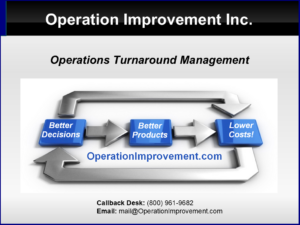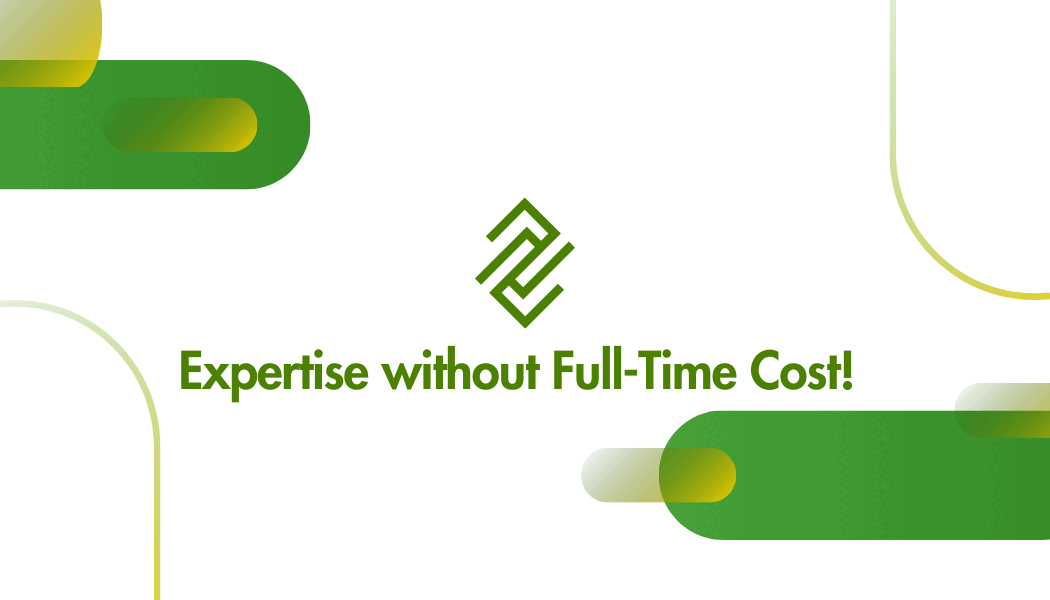Learn, Share, Teach, Improve
Some years ago, I saw a clever poster that diagrammed systems of the human body. It was the most complex flow diagram with dozens of boxes and lines representing the interaction of electrical and chemical activity and their effects on the whole.
This diagram was presented as a “wholistic systems” view of human anatomy, but it was mind-stopping in its complexity. Such an analysis might be appropriate as input for a computer simulation, but it did not conceptualize anatomy and biological process in a form that was suitable to learn, teach and share knowledge.
I have seen this same kind of complexity in business. I have seen telephone routing protocols that make it impossible for a human being to predict where calls will be delivered, who will be overloaded and who will be left idle. I have seen workflows in service and manufacturing operations with a multitude of steps, loops and IF-THEN-ELSE forks in the road that would leave workers uncertain how to proceed.
From cross-discipline experience in many different work environments we derived a different method of describing work that is suited to learn, share, teach and improve business processes.
You know that humans need conceptual structure. Sentences can’t run too long. Articles benefit from paragraphs. Social Security numbers and phone numbers are hyphenated so that they can be remembered as three things instead of 10.
For example, we think of the first three digits of a phone number as an area code. Applying a conceptual structure, grouping, and naming things of like kind is what empowers human thought and decision-making.
Did you ever try to assemble a jigsaw puzzle as a child? The first step was always to group. Pieces of a certain color were pulled aside and in our mind we said “sky”, or “grass”, “people”. Our process dependency diagrams are approached the same way.
At a high level, we group the inputs, outcomes (nouns) and process steps (verbs) into a mentally manageable number that can be presented on a single page. This “umbrella” process diagram shows the overall dependencies for a successful outcome. Each earlier process step is usually earlier in time, but it is definitely a prerequisite for success.
Each process step is broken down onto a detail sheet and more details about the inputs and outputs emerge as well. A process guidebook organized in this way makes it easy to access the level of detail that the user needs for their level of experience.
Decisions are handled by referencing what we call factor tables. We either know in advance the decisions that will be made in a process or not. If not, the work is “out of process” and needs to be reviewed at a higher level; a supervisor, manager, or engineer – depending on the operation. This feedback is a crucial part of the improvement process.
The result: ideas about work and results are presented in a linear, easy to understand format without loops and branches. We describe work conceptually, and not in the fashion a computer requires.





